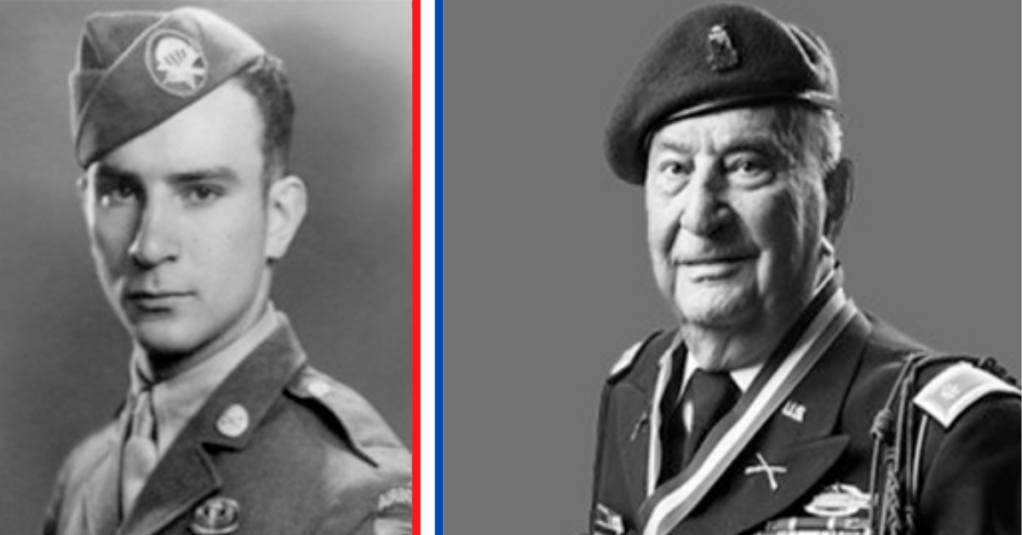

We’ve talked a lot about heroes who lied about their age to enlist, forging their parents’ signatures or even hiring a hobo to pose as their father. Henry “Duke” Boswell did the same, joining when he was 16. He volunteered for airborne duties at 18 and made his third combat jump into D-Day when he was just 20. Through two years of heavy fighting, his company of 146 suffered so many casualties that only 13 men remained in fighting condition.
Henry Boswell “grows up,” joins the Army
James and Della Boswell greeted their son, Henry, on October 8, 1923. While he attended Coon High School in 1940, the war in Europe attracted Boswell. He decided to join the National Guard just in case America decided to kill some of those Nazis that he’d heard so much about. One problem: He was still 16 and needed a parent to sign the consent form.
So he craftily…signed his mom’s signature. He got into World War II with the same maneuver most kids used to get out of gym.
And America lucked out because “Duke,” became a great soldier and then paratrooper. Duke Boswell started in a National Guard infantry unit. Then, in 1940, he entered active duty and went to Fort Jackson. It was there that he saw an airborne demonstration and signed up for Jump School.
He joined the 505th Parachute Infantry Regiment, shipped to Fort Bragg, and prepared for deployment to Europe.

The Duke jumps into combat…over and over
He also got a promotion from corporal to sergeant. So Sgt. Boswell jumped into Sicily in 1943.
That airborne insertion in Sicily went…not well. In Operation Husky, bad communication with gun crews led to friendly fire against the paratroopers. Twenty-three planes went down. And the paratroopers who made it to the ground, like Boswell, then had to fight 100,000 German and Italian troops.
Boswell next jumped into Salerno on the Italian mainland, reinforcing American lines to shore up a faltering beachhead.
And then came the big one that Americans obsess over: Operation Overlord. All the paratroopers at D-Day faced tough fights. Some had it worse than others, like the troops who died in flooded fields. Boswell’s unit had a similar problem. In the town of St. Mere Eglise, a barn caught on fire and the pilots went ahead and used that to help them line up on the town.
But for those who were dropped too close to the burning barn, they either landed on top of the German bucket brigade or else in the flames. Both were a quick ticket to a terrible death, and so Boswell and the rest of the unit quickly achieved vengeance against the German troops.
The unit lost 50% of its number to death or serious injuries in Operation Overlord and the 33 days of fighting that followed.
And later that year, Boswell and the 505th proved themselves again when they captured their assigned bridges at Arnhem.
Boswell went with the 505th to the frozen forests for the Battle of the Bulge. The men fought in summer uniforms and boots against a massive German assault. But Boswell made it out of the forest, into Germany, and to victory.
The end of World War II, onto Korea
According to an article in the American Air Museum, Boswell and the 505th celebrated the end of the war with Russians who shared their vodka. The paratroopers soon put on an airborne display for their Allied brethren.
The Duke was, of course, no longer a child, legally or by experience, by V-E Day. Boswell was 21 by the time the war ended, almost 22 when Japan surrendered.
He returned to civilian life but didn’t find it to his liking. And so the decorated combat veteran returned to active service and deployed to Korea as an officer. He quickly earned a Purple Heart that, unfortunately, ended his frontline service. But he continued to serve and eventually retired from the Army as a major. Then he became a schoolteacher, where he served for another 20 years.
